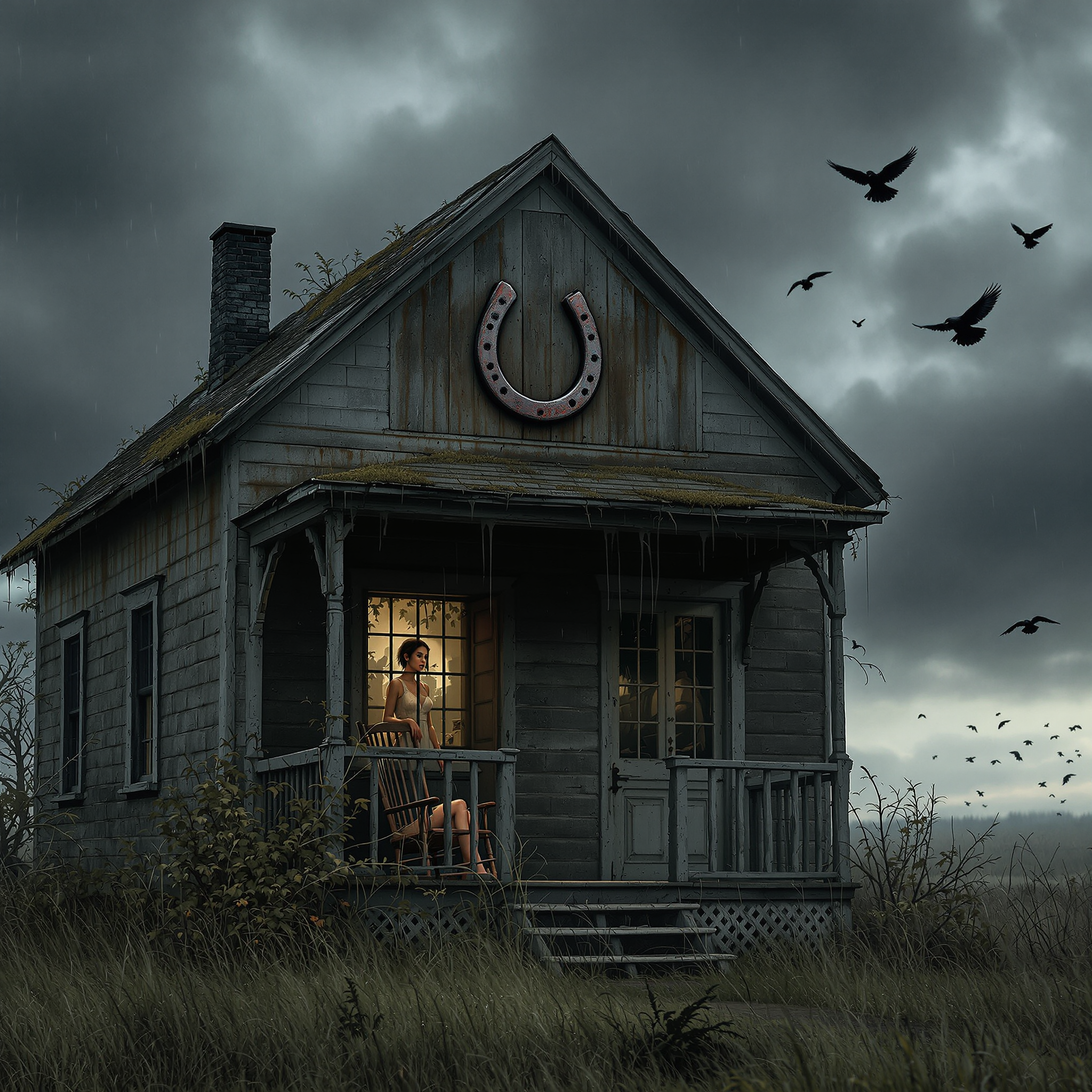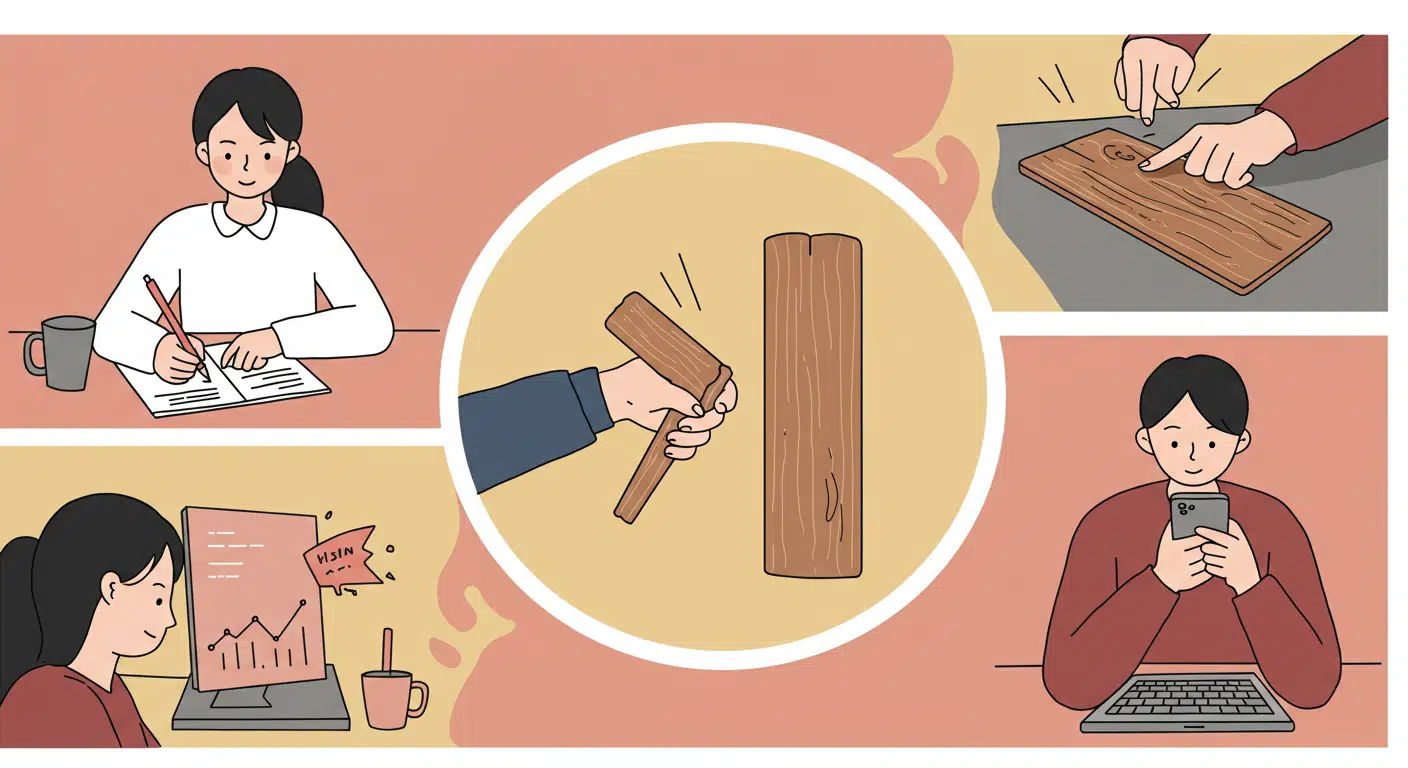The superstition involves placing an iron horseshoe above a main entrance, usually nailed with the open end (tips of the ‘U’) facing upward. This is believed to act like a vessel, collecting and holding good luck. Practitioners avoid turning the horseshoe downward, fearing that luck will ‘pour out’ and misfortune may enter the home. Traditionally, iron—thought to repel evil spirits—amplifies the horseshoe’s symbolic power. Some variations recommend using a previously worn horseshoe, emphasizing authenticity and ancient power. The placement is usually outside the home, above the door lintel, but some cultures hang it inside as well. The number of nails used can vary but is sometimes significant, with odd numbers considered especially lucky. This ritual is not typically associated with a specific date or season and may be done when moving into a new home or experiencing bad fortune.

A baby’s future career or fate is predicted by the first object they select during a ceremonial setup.
In several Asian and Eastern European cultures, a traditional ceremony is held for babies usually around their first birthday. Known


